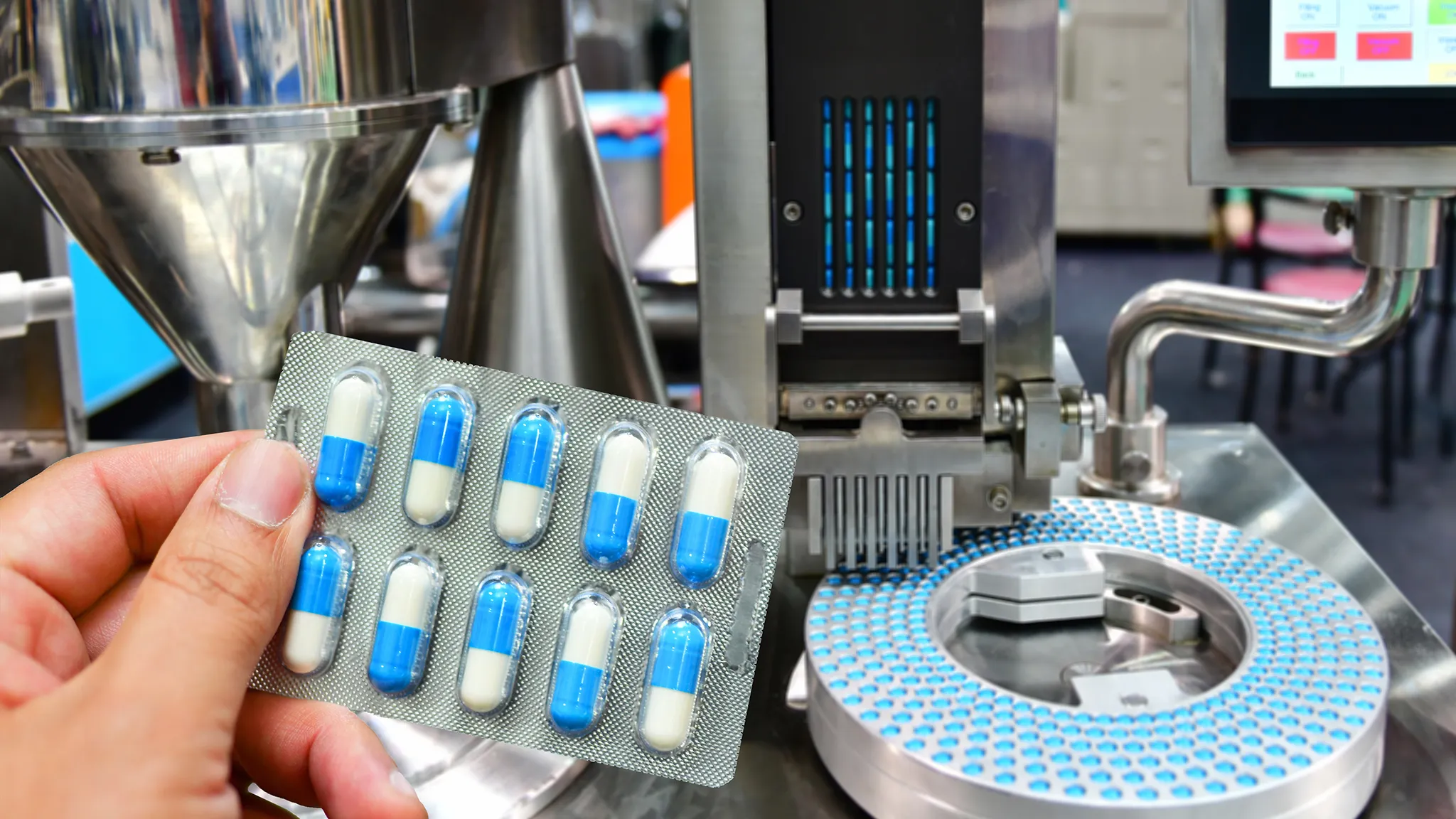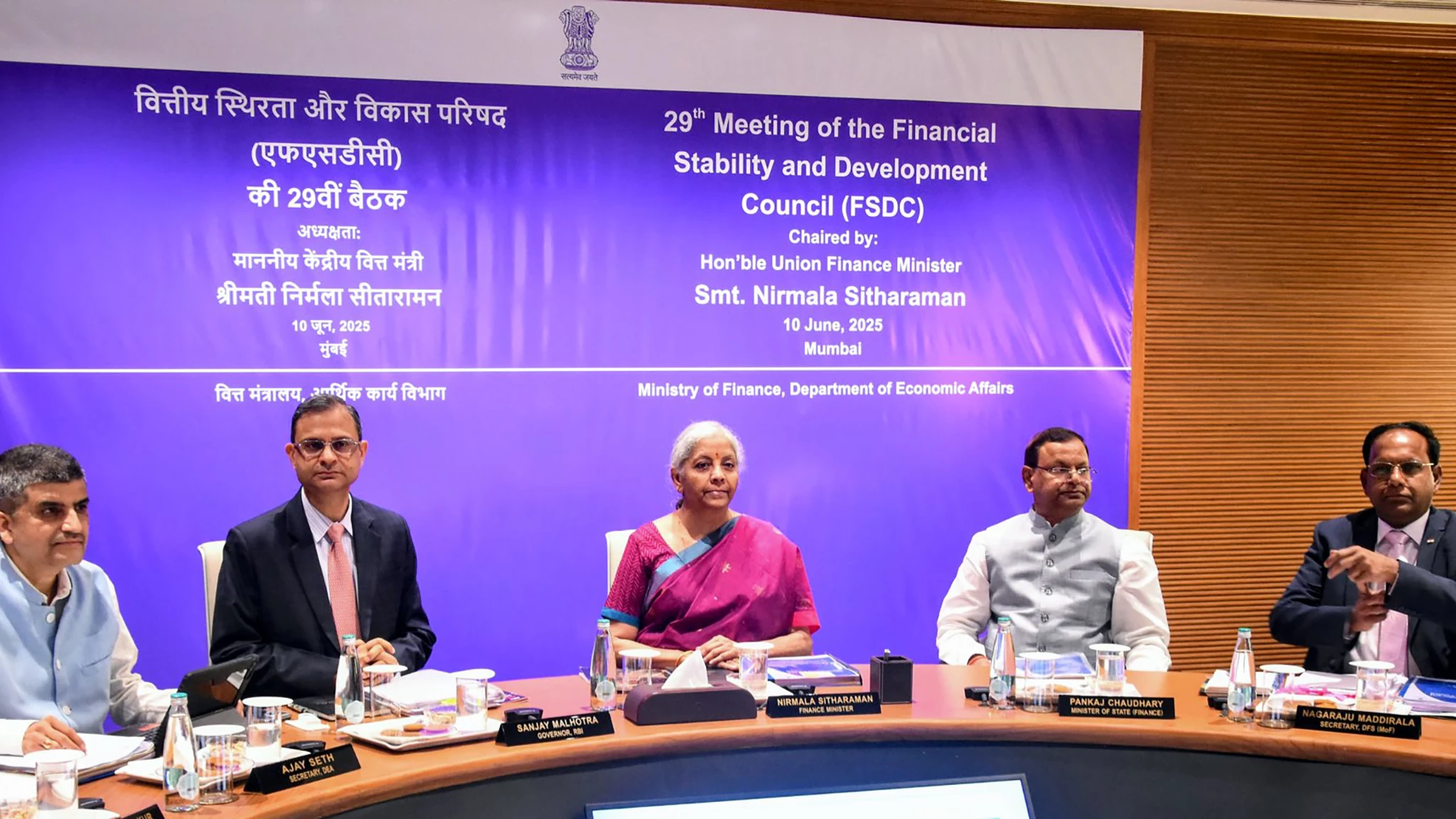Just as new technologies often disrupt established industries, the Indian anti-diabetes market, valued at a substantial Rs 20,000 crore, is bracing for a potential upheaval. The arrival of innovative drugs designed to combat both obesity and type 2 diabetes is poised to reshape this crucial sector.
Game Changer Drugs Arrive
Last week marked the entry of Eli Lilly’s well-regarded weight loss injection, Mounjaro, into the Indian market. This drug, already popular globally, targets both obesity and type 2 diabetes, presenting a dual-action approach that could redefine treatment paradigms. Adding to the competitive landscape, numerous Indian generic drug manufacturers are also gearing up to launch their versions of these so-called ‘wonder drugs’. The proven efficacy of these medications in international markets suggests a significant potential to transform India’s diabetes and wellness sectors. Experts anticipate that the entry of generic players and subsequent price competition will broaden the appeal of obesity treatments, thereby expanding the overall market size. Source
Insulin Market Under Threat
The established insulin market, with annual sales between Rs 4,000-5,000 crore, currently constitutes a significant portion of the Indian anti-diabetes drug market. However, this segment could face considerable pressure. Analysts at JM Financial Institutional Securities caution that the introduction of glucagon-like peptide-1 (GLP-1) drugs in India might immediately impede the growth of insulin sales. They suggest that GLP-1 usage could postpone the necessity for insulin in patients with advanced type 2 diabetes. Given that insulin users are already accustomed to injections, a switch to these new drugs, especially if priced competitively, seems plausible. Even the oral solid diabetes drug segment may experience headwinds as companies explore oral versions of GLP-1 drugs. Source
Tariff Rationalisation Benefits
In other news, the Lok Sabha has approved the Finance Bill 2025, incorporating 35 government amendments. Finance Minister Nirmala Sitharaman highlighted that these amendments aim at tariff rationalisation and boosting domestic manufacturing. Source The government is streamlining the customs duty structure by removing seven tariff rates to address duty inversion and decrease input costs for businesses. This move ensures imports will attract either a cess or a surcharge, but not both, simplifying the tax regime.
EV and Mobile Boost
To further bolster domestic production, the government has extended customs duty exemptions to 35 additional capital goods for electric vehicle (EV) batteries and 28 for mobile manufacturing. These measures signal a strong push towards enhancing local manufacturing capabilities in key sectors. Amendments to the simplified safe harbour regime for investment funds are also included, aiming to enhance clarity and ease of doing business, potentially attracting more foreign investment. Source
Interesting times indeed for both the diabetes drug market and Indian manufacturing. The diabetes market could see significant shifts in treatment approaches and market share in the coming months. For manufacturing, the tariff rationalisation and targeted exemptions could provide a much-needed impetus for growth and competitiveness.










Leave a Reply